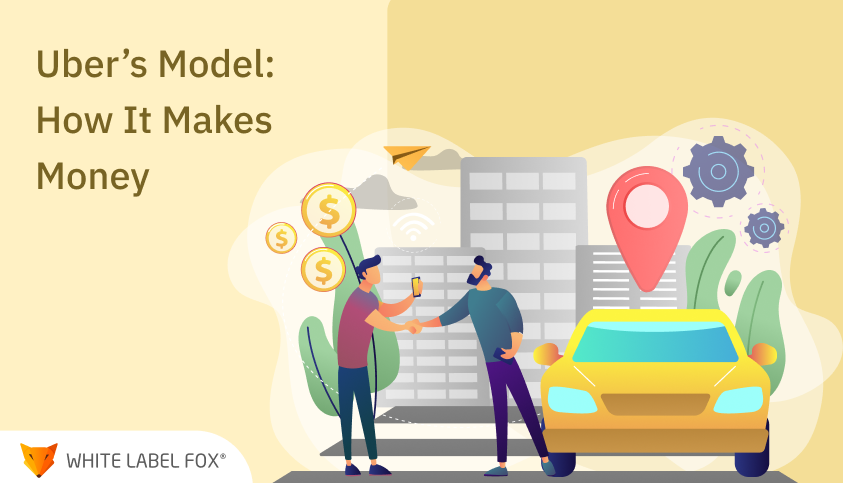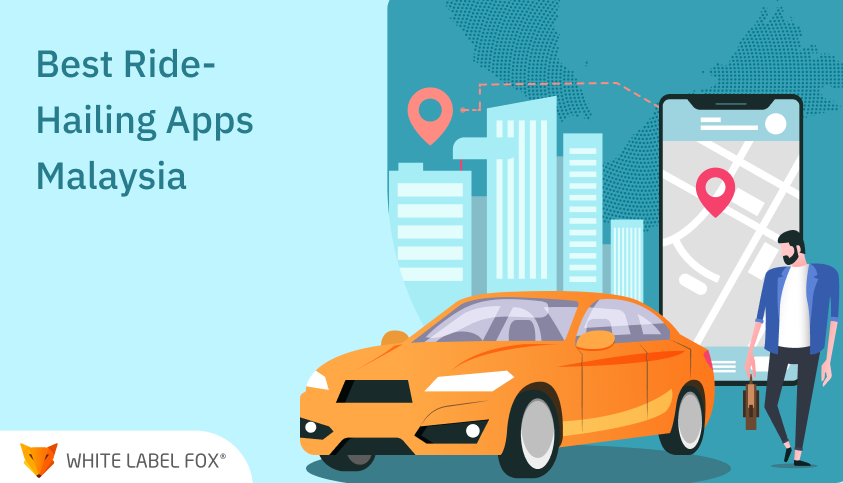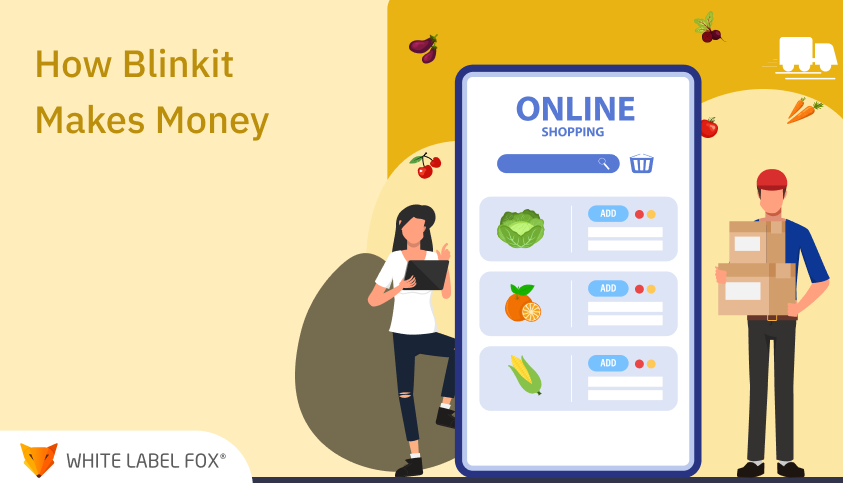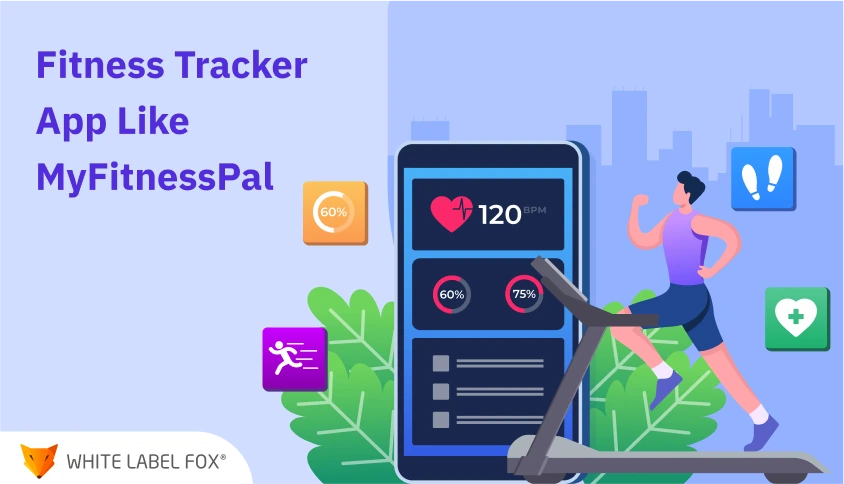We all know that uber offer number one taxi booking and ride-sharing services worldwide. Uber is the first company which started the ride-sharing services.
Uber has raises a billion dollars from the business that spread into the globe. It has expanded the business geographically in terms of services.
“If you have a deep understanding of the uber on-demand business model, it plays a pivotal role in modelling your on-demand startup business idea.”
What is Uber?
Uber is a location-based app that makes hiring a uber on-demand private driver quickly.
It is convenient, safe, and inexpensive taxi booking services. It will make hire a private driver to pick up you and take you to the destination with the tap of a button using a smartphone.
Uber Basic- Fact, Founders & Funding
Before going into the uber business model or how uber makes money? Let us gain some knowledge about some fact and funding of the uber on-demand company.
You Know that uber is only one who provides a black luxury vehicle.
Also Known: UberCab
Founder Name: Garrett Camp, Oscar Salazar, Travis Kalanick
Founding Year: March 2009
Headquarter: San Francisco, California
Total Funding:$24B(CrunchBase)
Current valuation:$120B
Main Investors: SoftBank Vision Fund, Tencent Holdings, Toyota Motor Corporation, and others.
Services Offer: Ridesharing, food delivery, bicycle-sharing, ride service halling
Hub Tags: Unicorn

How Does Uber Work?
Passengers generate the demand for drivers, supply the, and uber act as the marketplace to make this all happen smoothly on the mobile platform.
Uber Benefits For Rider:
- On-demand cab bookings
- Real-time tracking
- Accurate ETAs
- Cashless rides
- Lower wait time for a trip
- Multiple ride options
- Multiple services in one app
Uber Benefits for Drivers:
- Flexibility to drive on their terms
- Better income
- Lesser idle time to get new rides
- Training sessions
- Getting vehicle loans
- Better trip allocation
Uber Business Model Canvas:

How can Uber make money?
From the uber-successful timeline, we all curious about how uber can make money. All entrepreneurs think that, of course, it from the trip commission, but uber revenue model is to complex and it just not a trip commission.
1) Trip Commissions
Uber provides the driver on its platform called partners to supply the ride request to accept, fulfil, and make income. While making a booking, the user can pay ride amount within the app. Uber transfer the payment amount to the partners’ amount after taking some commission for doing a job as a broker.
2)Premium Rides
Uber offers multiple ride option; it provides luxury sedans and SUVs as a premium ride. The profit generates from premium rides are much higher and help uber to make more money.
3)Cancellation Fee
If the passenger cancels a trip after a specific period they will be charged a cancellation fee.
4)Leasing to Drivers
Uber runs a vehicle leasing program in many countries to help the new drivers. Drivers have to pay a security deposit for the vehicle and payments are automatically deducted every week from the driver’s earning.
5)Brand Partnerships/Advertising
Uber is a top-rated app with millions of active users. This makes it a good option for the uber to build brands to do promotions. Recently, uber make a substantial revenue source by becoming a channel for sponsored content.
Want to launch your uber on-demand app for a startup business? Get in touch with us and know how we can help you to build the next big thing for your business.
Wrapping Up:
Uber is making a success in many ways from that there are hundreds of on-demand uber for X startup has been launched, and it is increasing day by day.
If you want to develop your uber on-demand app for startup business and make money; White Label Fox will help you to build your own on-demand uber X app as per your customised requirement. Contact us for more information.
Frequently Ask Questions
The Uber on-demand business model connects riders with drivers
through a
mobile app in real-time. Riders request a ride, and nearby drivers
accept the request to provide transportation services. Uber
generates
revenue by taking a commission from each ride booked through the
platform.
Uber generates revenue through several key streams:
- Ride fares: Uber takes a commission from each trip
completed
through its platform.
- Surge pricing: During peak hours or in high-demand
areas,
Uber
can charge higher fares to riders, increasing revenue.
- Uber Eats: Uber also generates revenue from its food
delivery
service, Uber Eats, by charging restaurants and customers a
delivery fee.
- Uber Freight: Uber offers logistics and freight
services
to
transport goods, which also generates additional income.
- Ride fares: Uber takes a commission from each trip completed through its platform.
- Surge pricing: During peak hours or in high-demand areas, Uber can charge higher fares to riders, increasing revenue.
- Uber Eats: Uber also generates revenue from its food delivery service, Uber Eats, by charging restaurants and customers a delivery fee.
- Uber Freight: Uber offers logistics and freight services to transport goods, which also generates additional income.

















